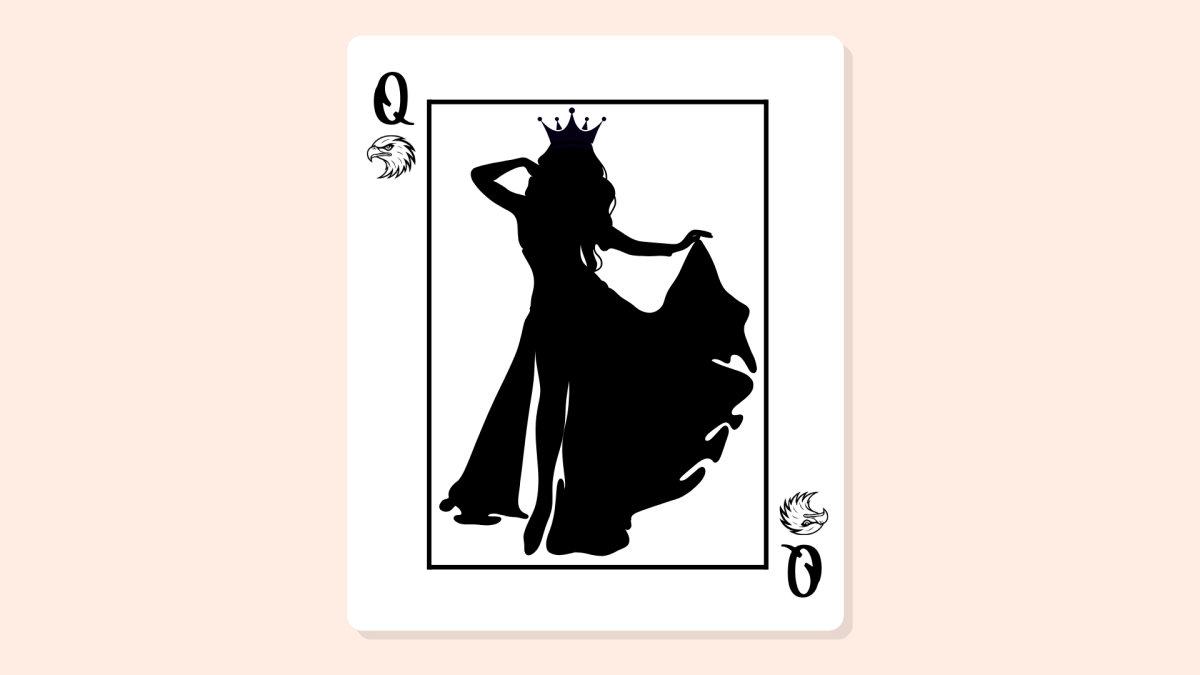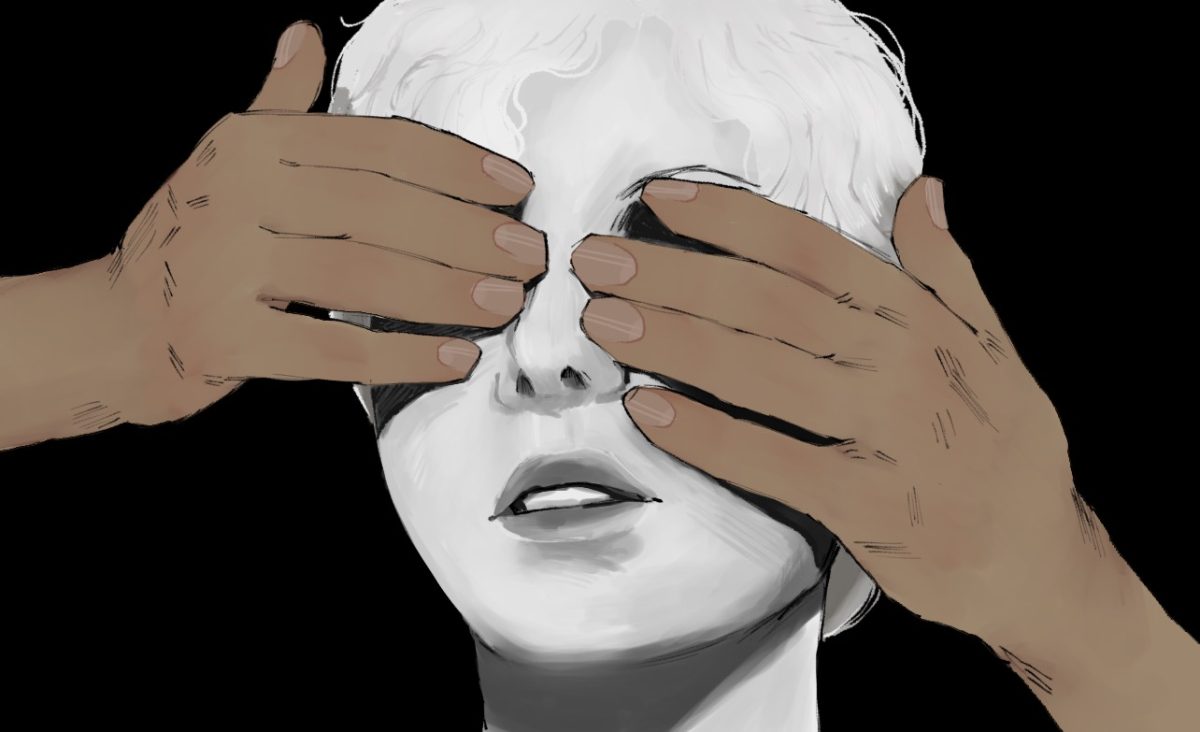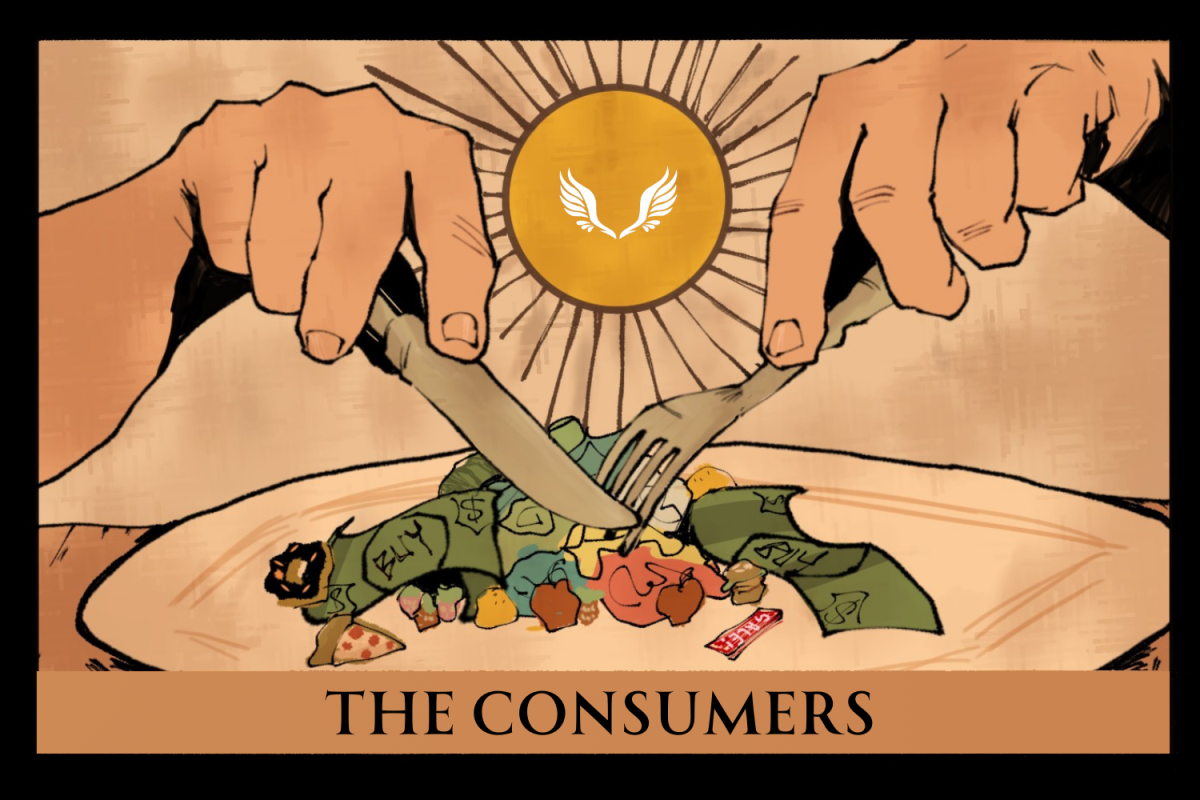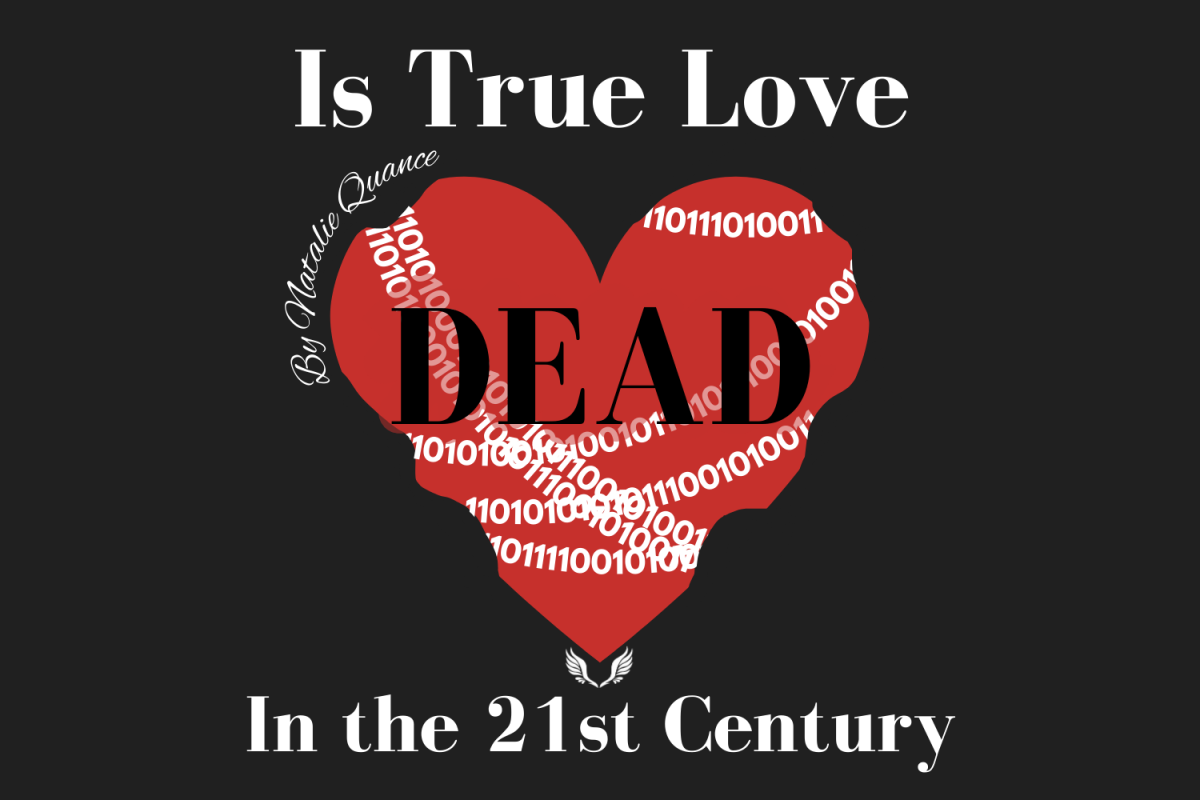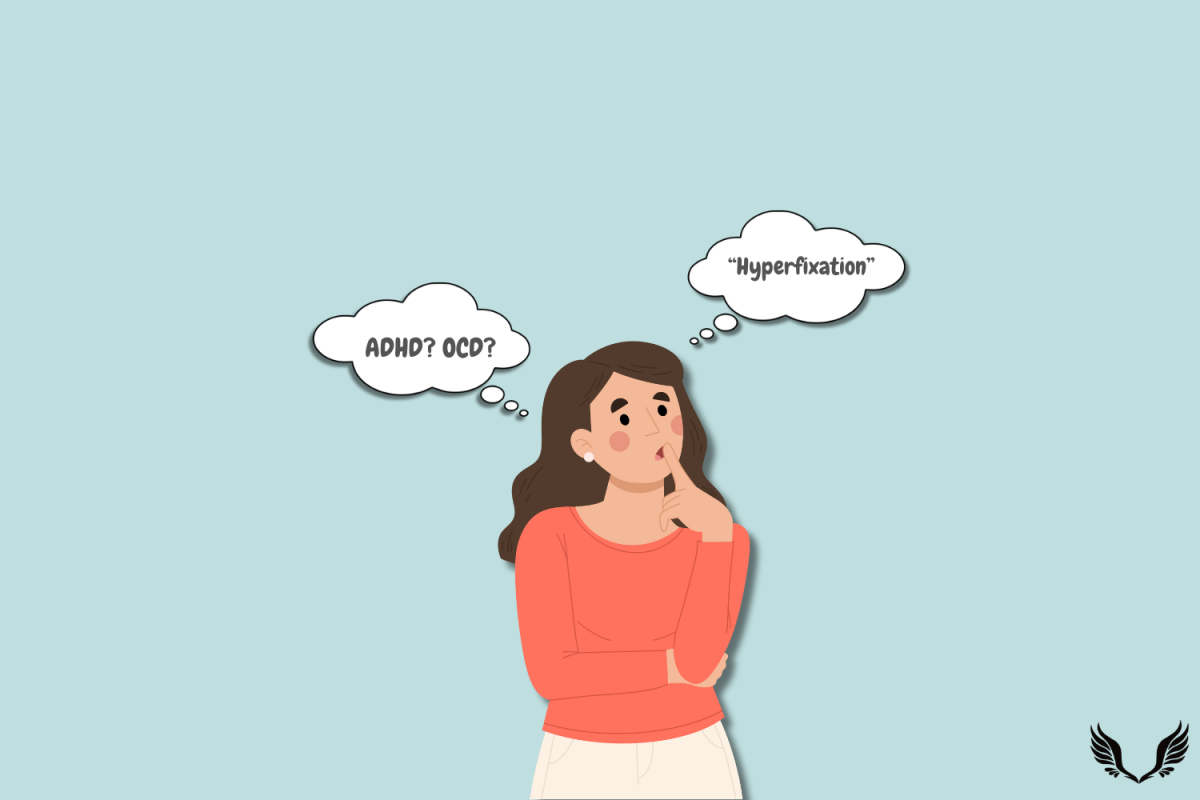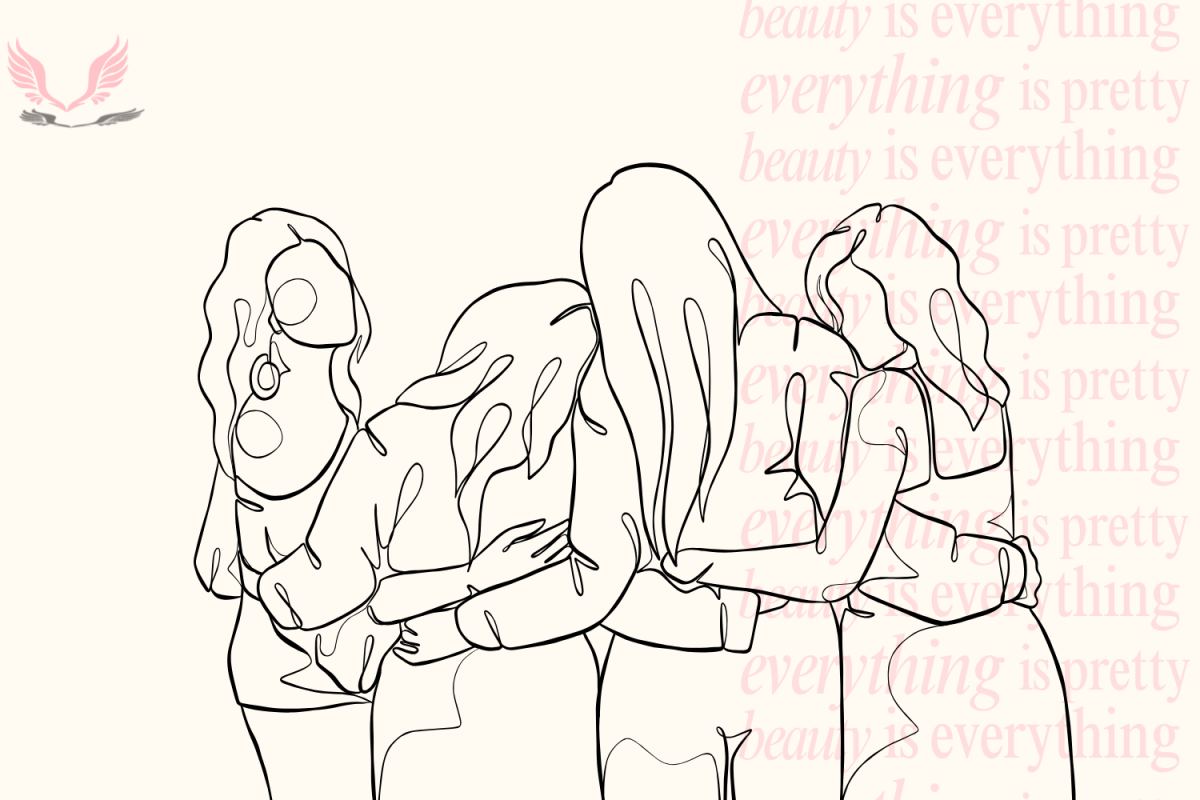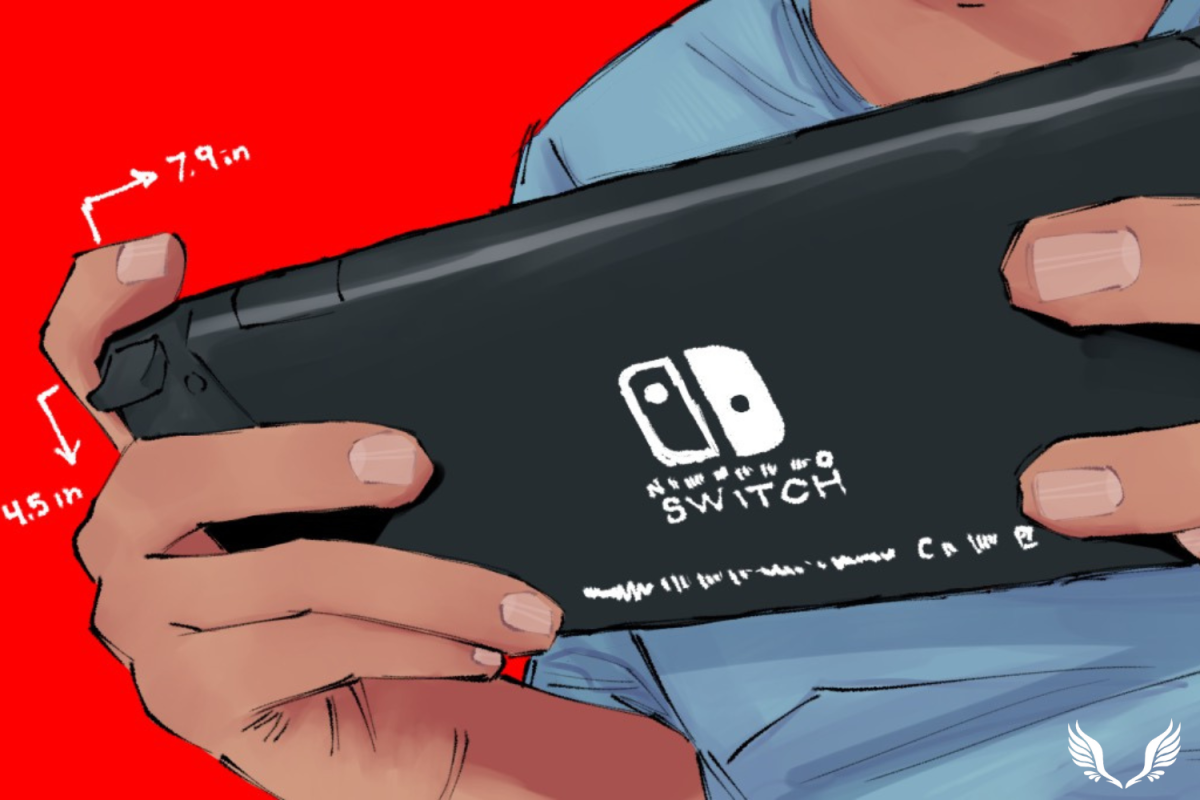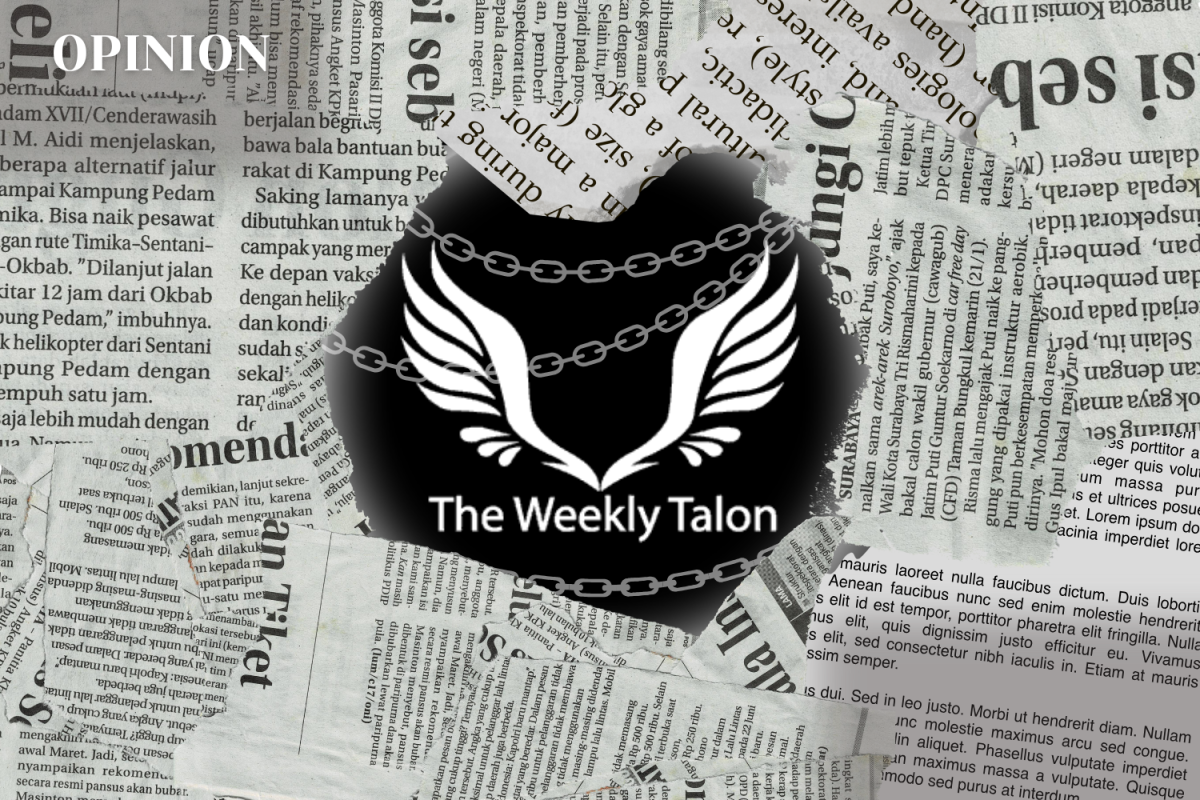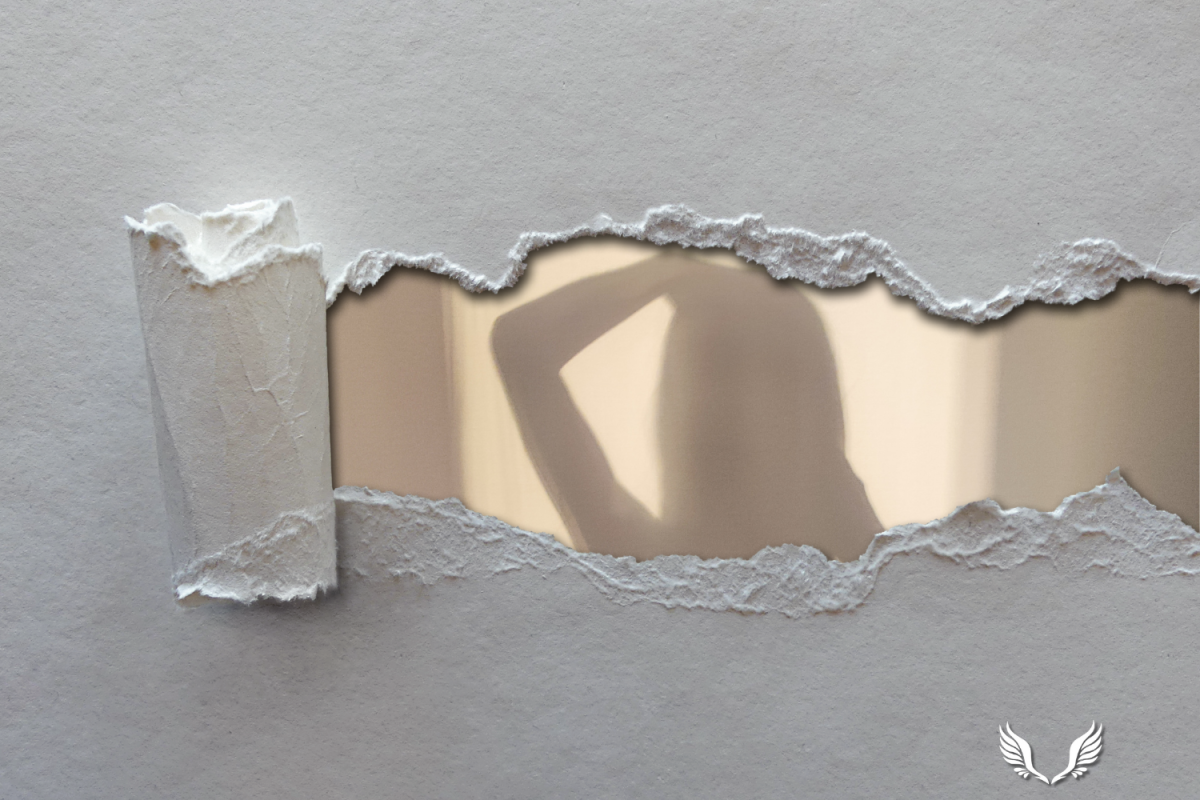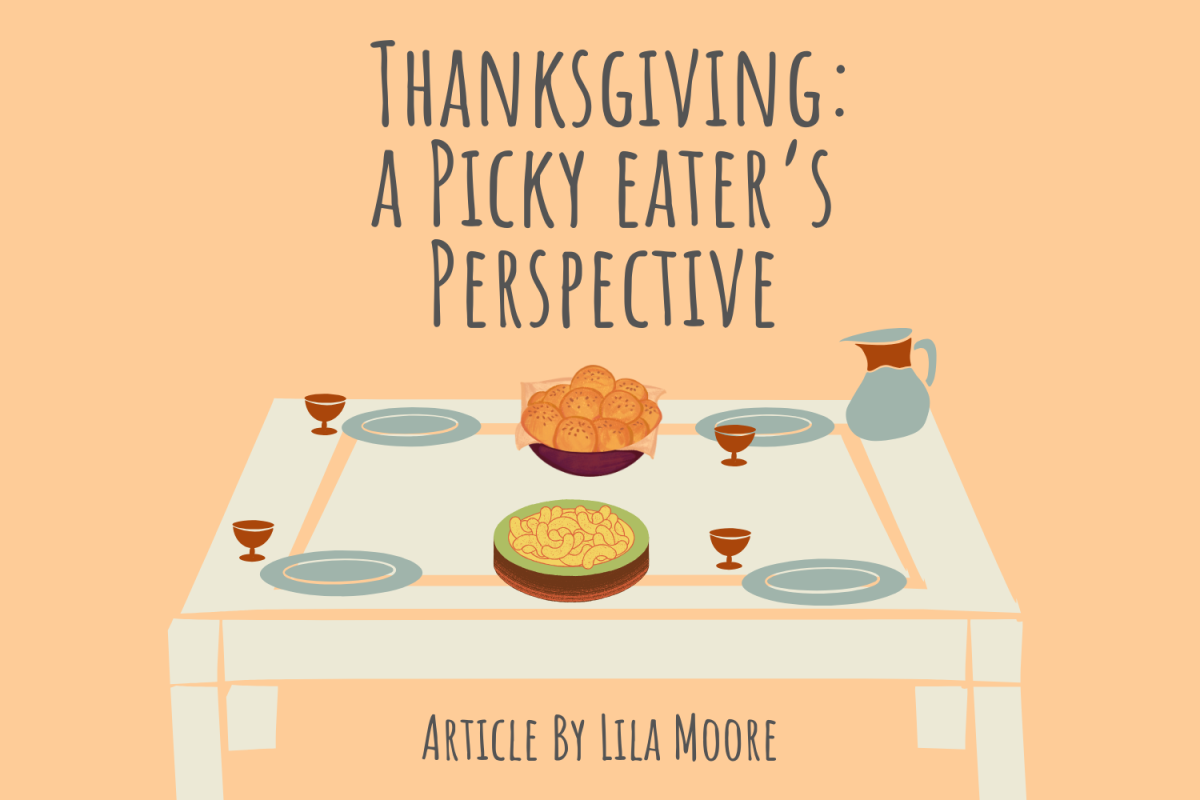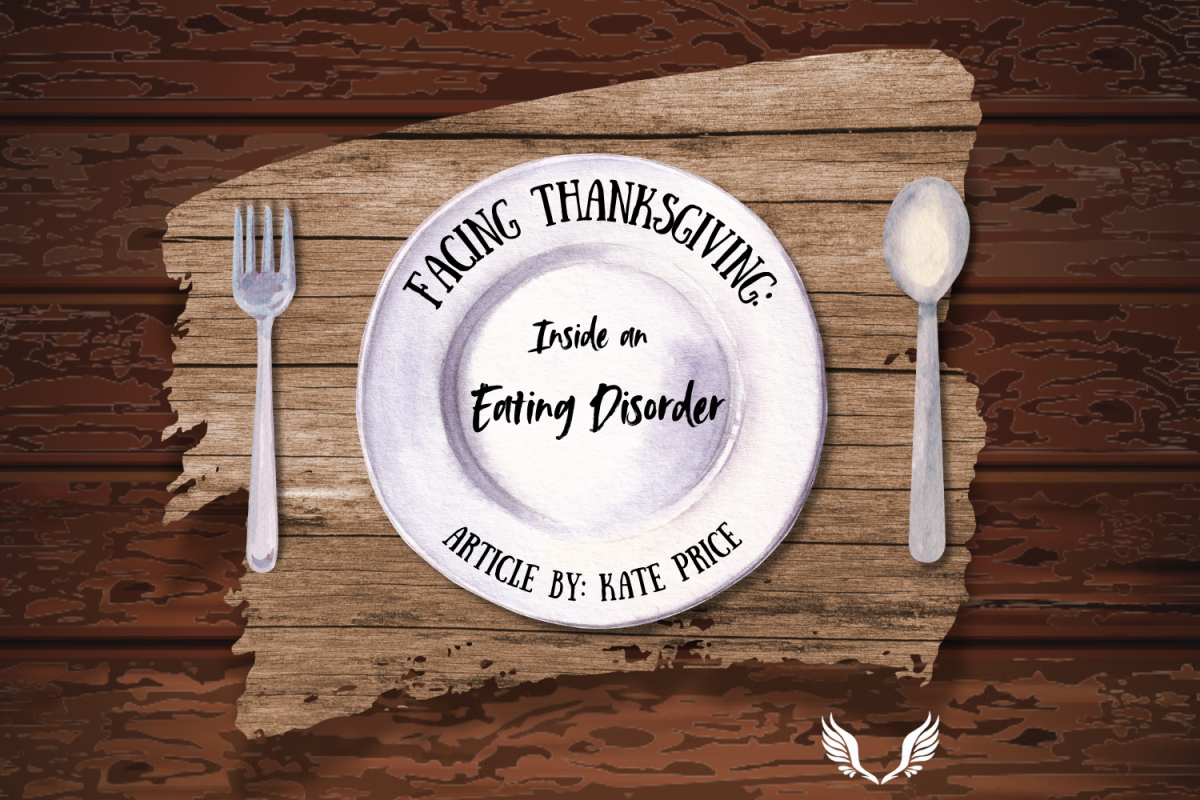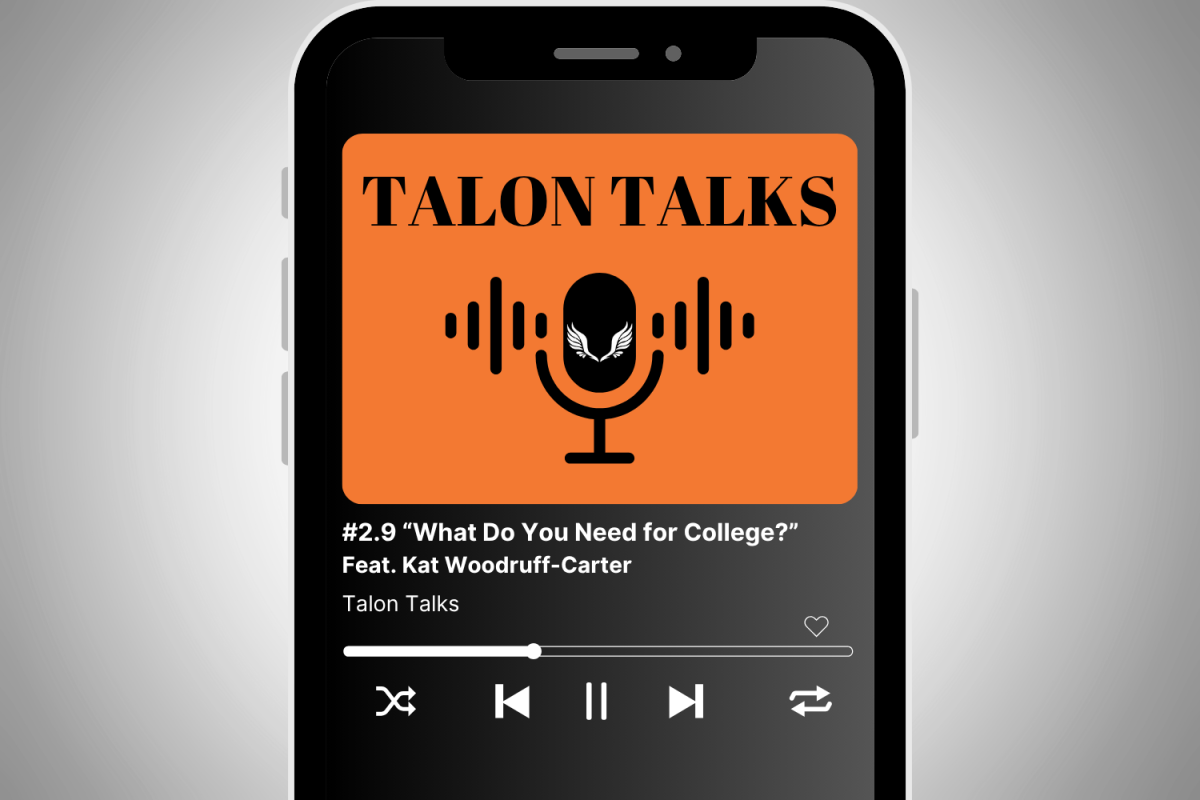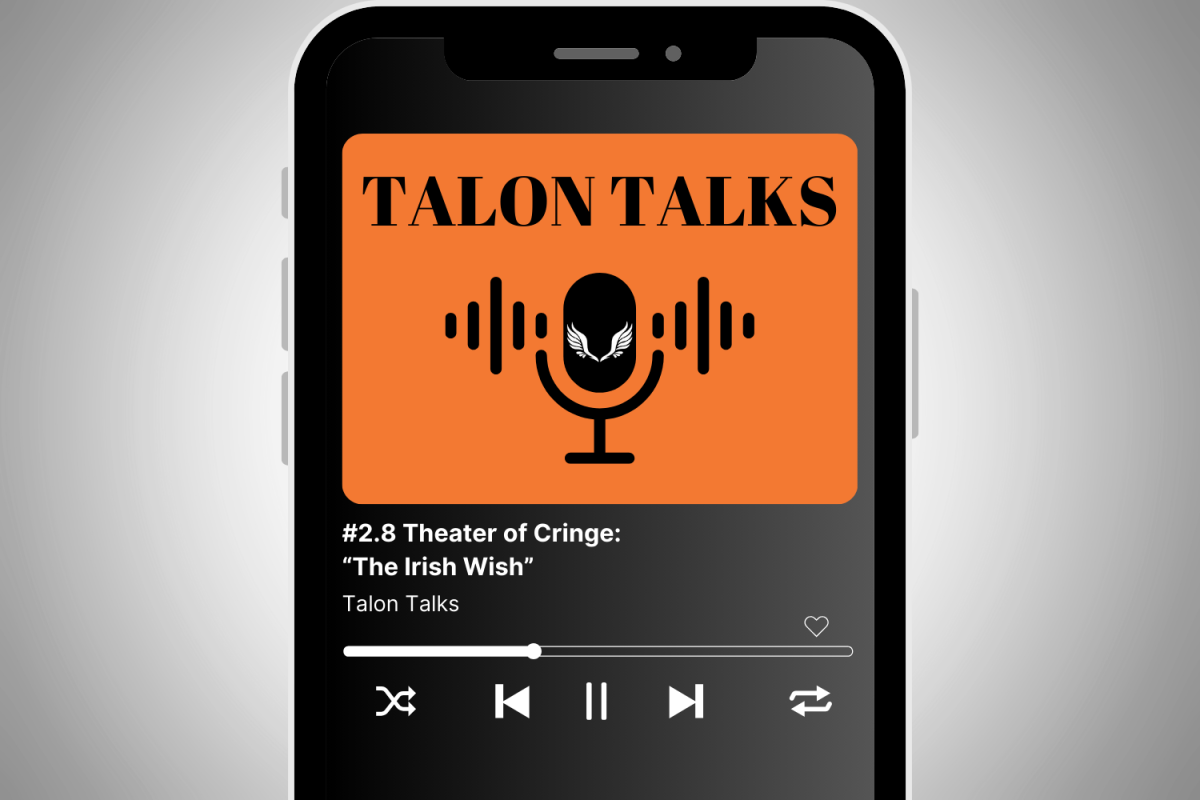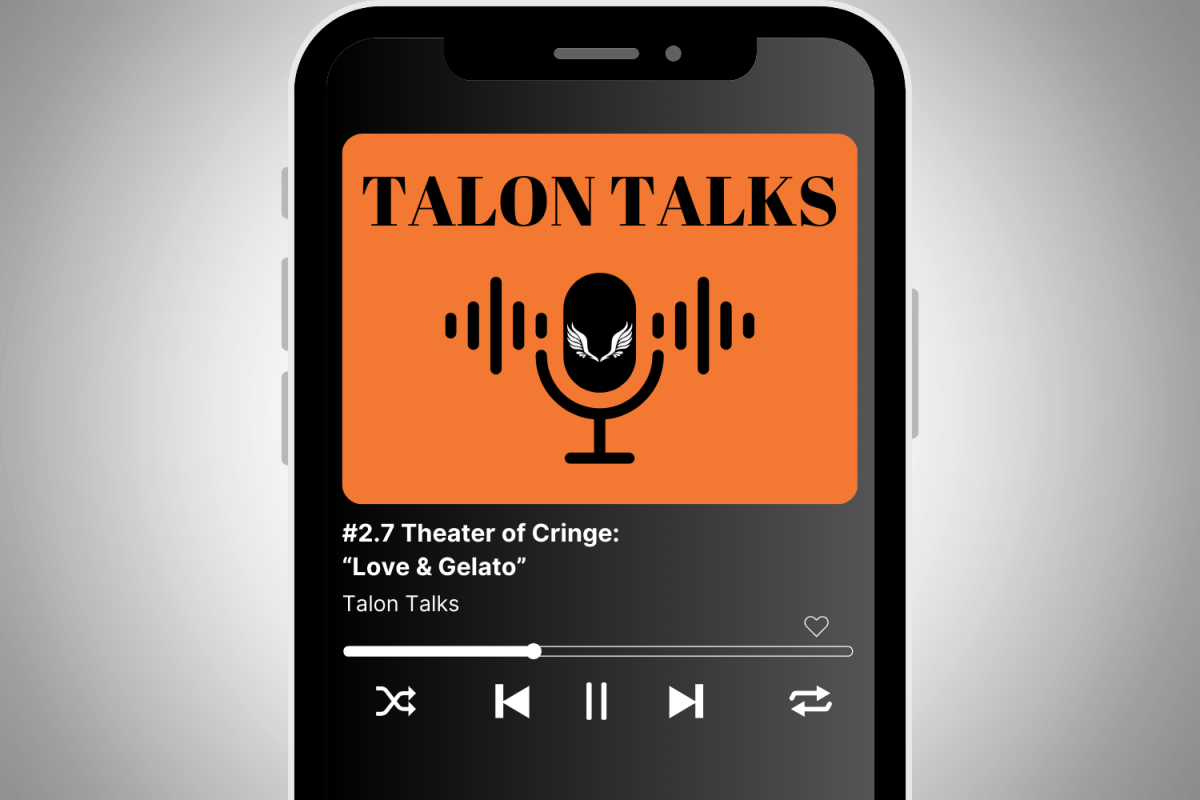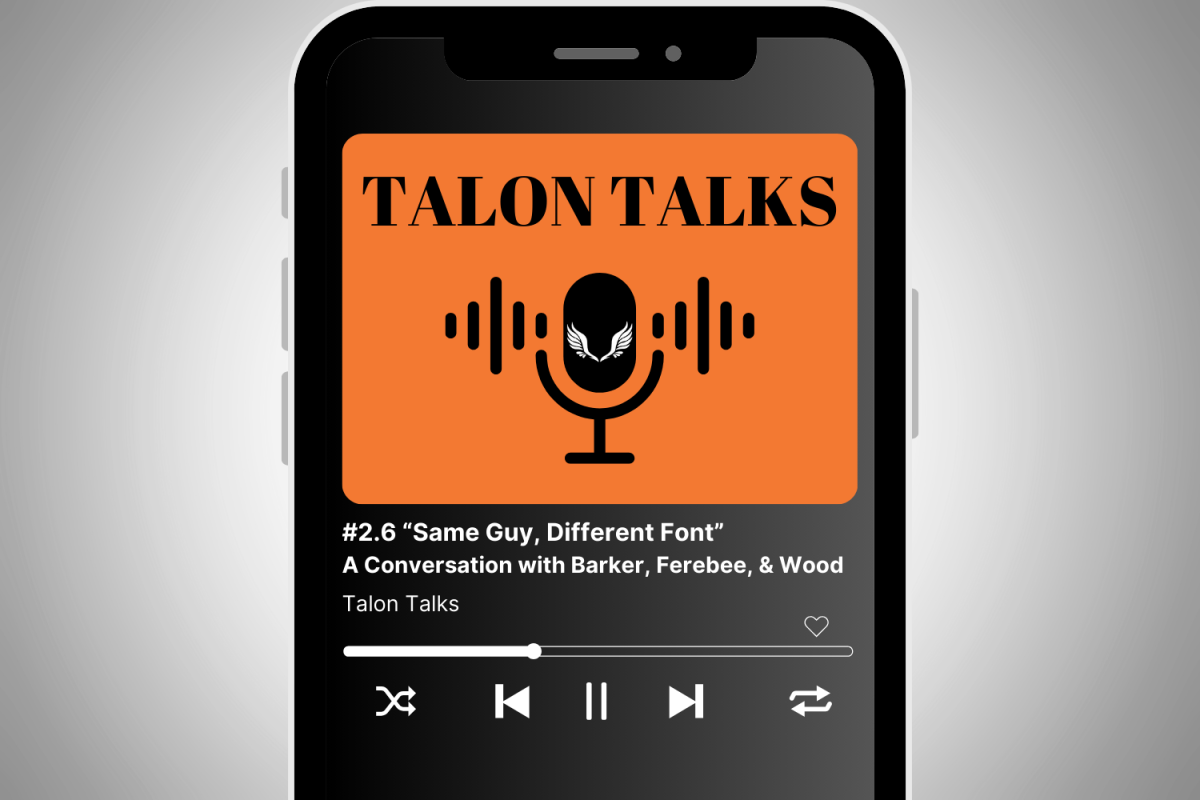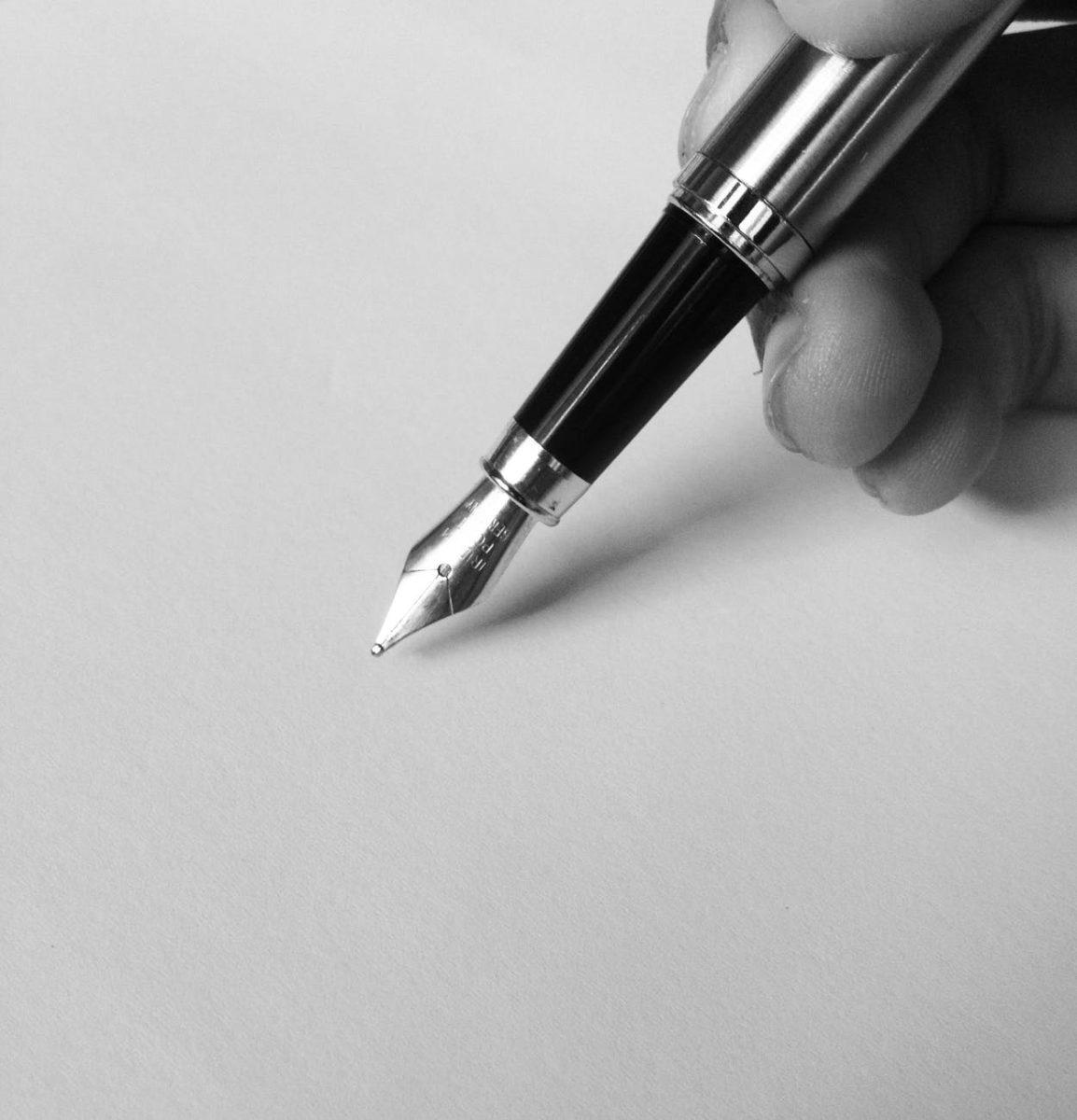I wasn’t a devoted fountain pen user until very recently. I was writing notes about my life for future reference so I can make an autobiography at some point. It sounds like a neat idea for when I enter retirement (well, I hope I do). As with most of the other times I’ve spent taking notes in my life, I began by using the tool I was most familiar with: a mechanical pencil. Everyone uses a pencil to write, so it seemed like the obvious choice.
I had also considered just typing with a keyboard instead of using a pencil. It’s easier to keep up with, and I don’t have to worry if my handwriting is neat enough to be readable. But I disagree with using a keyboard to type personal journals or stories — it has no passion. You didn’t put your all into your writing. You’re picking the easy route just to get it over with. Writing with any writing utensil takes work. You have to make sure your handwriting is neat, your grammar is proper (autocorrect can’t save you), and your letters are consistent. Computers have done all of the hard work for us, and we’re losing the art of handwriting and handwriting styles.
There’s a beauty with something being written in pencil, but what elevates it more is when it’s written in ink. That’s where fountain pens come in. Since I made the decision to purchase a quality fountain pen, it has changed my perception of writing and the skill that the user must develop in order to experience the pen’s fullest potential.
Fountain Pen
The earliest account of a pen that bears similarities with modern-day fountain pens was in the year 973. The caliph of Maghreb, Ma’ād al-Mu’izz, wanted a pen that would keep his hands clean from ink and prevent creating a huge mess, early pens were prone to this issue, including quills. His wish came true. He got a pen that could hold ink and be held upside down without spilling. We’re not sure how this pen worked or even the appearance of it.
As centuries passed, the improvement of fountain pens grew into what it is today, a sophisticated writing instrument that still stands tall. A fountain pen uses capillary action to drive the ink through the nib and onto the surface you’re writing on. There’s a whole anatomy system that goes along with fountain pens, and if you’d like to know each piece of a fountain pen, please refer to this excellent article by Goulent pens (This company will be mention further down this article)
The Choice of a Pen
The writer has the choice to pick the size of the nib, color of ink, and look of their fountain pen. If you’re on a budget then you’re limited, but there’s still a wide selection of pens and inks out there that will most likely fit your price range. The size of the nib matters because it depends on what size you want your handwriting to look like. There’s EF(extra-fine), F(fine), M(medium), B(broad or bold), and other special nibs for italic writing or writing musical notes. A good beginner size is a fine (about 0.6mm) or a medium (about 0.8mm), Broad nibs (about 1.0mm) are usually for signatures and extra-fine (0.4mm) is for when you really want to have small handwriting. But nib size also depends on what part of the world you got it from.
Eastern countries like Japan have their nibs on the finer end, while Western countries like Italy or Germany have their nibs on the thick side. For example, if I got a fine nib from a western country, it would be like an extra-fine nib in Eastern countries like Japan. The reason is that something like the Japanese language has far more detail in its “letters” than western languages. If you’re thinking of getting a pen, make sure to check the company if they’re either Japanese or European.
Now the ink is the best part of fountain pens. There are so many colors you can choose from, and some have special elements that make it either have a scent or look shiny. You can buy either bottled ink or ink that comes in cartridges if you’re not willing to take the time to fill your pen. I don’t encourage people to buy cartridge ink unless they really have to; it blocks you from experiencing all the colors that normally go with bottled ink.
Style
The style of your pen can be whatever you want it to be. Express your personality through your pen and show the people what you’re all about through the color and look of your fountain pen. Do you like the look of your pen? How does it feel in your hand while writing? Is it comfortable? Do you like the craftsmanship of your pen and wonder how the maker even thought about this design in the first place? You might find yourself asking these questions when taking a moment to admire your pen.
Pros and Cons
While I do love fountain pens, they do have some cons. If you want a high-quality pen to last for a long time, then you’ll have to dish out some dough, and boy can they be pricey. Do not drop these pens with the nib visible. If the nib falls tip first, say goodbye to your pen. You could have a professional repair the nib if that happens, but sometimes the nib costs more than what the pen is actually worth. Some companies sell spare nibs though, so not all is lost if you somehow drop it.
Maintenance is a big factor to taking care of your pen, make sure to clean it thoroughly with soap and water. Do not use any rubbing alcohol to clean your pen — it will ruin your pen. Just stick to water and soap and you’ll be good. You can’t erase, but you probably knew that anyhow.
Aside from some cons, the pros are absolutely worth it. The way it slides across the paper (be sure to use thick paper or else it’ll bleed), the feel and sound the nib makes when you write, the feeling of luxury is overwhelming. It’s like watching a metal dancer move to the groove of your mind while you write. It makes you want to improve your handwriting to make it look superior to others’ handwriting. Not all of this satisfaction comes from using a computer, typing mindlessly away with no joy. It’s insulting to yourself.
Spice to Paper
The setting we spend the majority of our time writing is in school. In schools like Davie High, for example, we spend a lot of time writing on paper, but now I’m starting to see classes that have all of their work done on Chromebooks.
I find this an endangerment to our education and development. Research and studies have been conducted showing that writing by hand helps our cognitive abilities, creativity, and ability to be social.
When you write with your pen, you engage 14 cognitive abilities like memory recall, mental attention, visual focusing, concentration, and eye-hand coordination — skills that we use throughout our whole lives.
Handwriting also boosts creativity. Some authors like Stephen King have even been known to handwrite entire drafts of their books. The fluid movement of our handwriting stimulates the brain to think more, which results in more ideas and words popping in our heads. Handwriting is also very sociable. It helps with our skills to be able to share thoughts on paper and also helps people be able to read different writing styles like cursive.
Conclusion
The benefits of writing with fountain pens are clear. Beyond these benefits, it could develop into a talent if the individual continues to improve on their handwriting. Computers are helping us too much and we’re relying on them too heavily. Fountain pens are coming back but not without your help! While typing on computers is definitely here to stay (logically so), it’s nice to tap into old roots.
Extra Content
If this article has convinced you to at least try fountain pens, I highly recommend you check out https://www.gouletpens.com/. They have all kinds of fountain pens from many brands across the globe. Hundreds of inks to choose from along with colors from well-known brands. This was the website where I got my fountain pens. I got myself a Pineider Avatar UR Demo Fountain Pen, Pilot Vanishing Point Fountain Pen – Blue carbonesque, and finally a LAMY Safari Fountain Pen – White/Red (limited Edition). I primarily use Jacques Herbin 1798 Kyanite du Nepal – 50ml Bottle ink to write with, but I also use Diamine Pink Glitz – 50ml Bottle ink as well from time to time.


